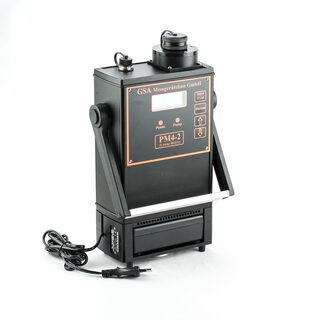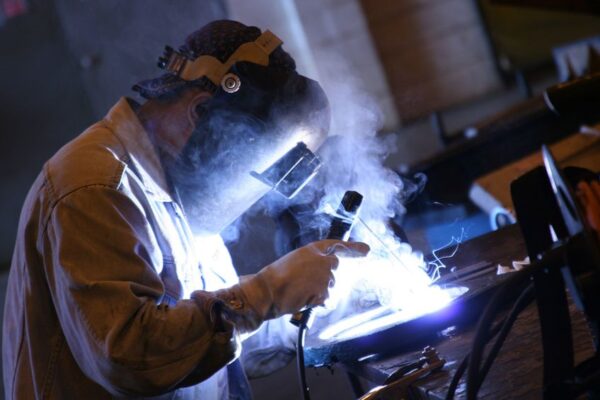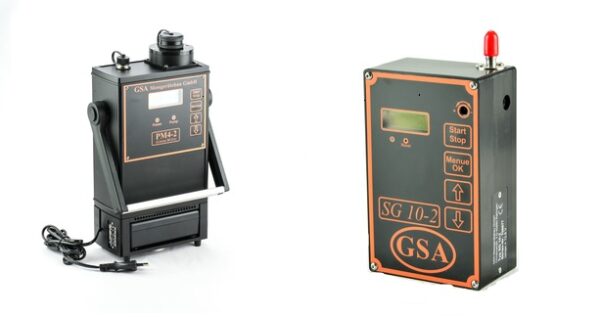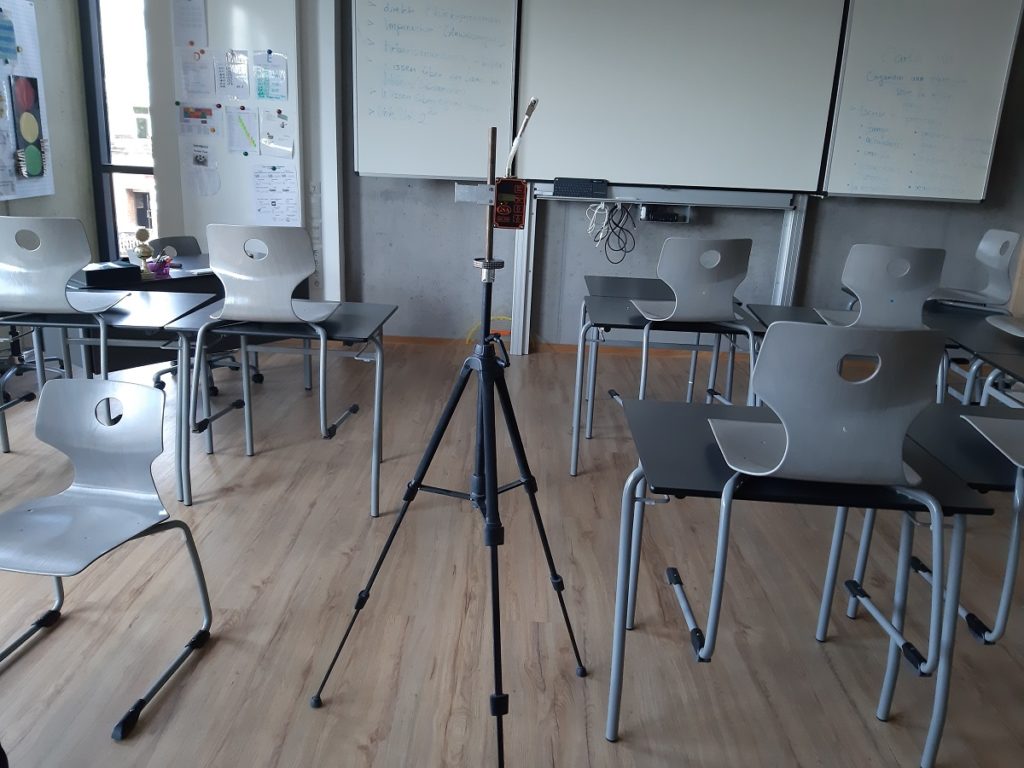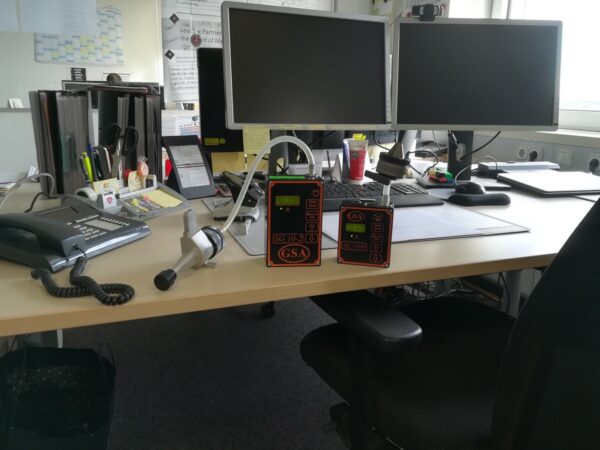The media can no longer imagine life without particulate matter pollution, but what is it and how dangerous is it for us? The debate flares up again on New Year’s Eve: does this mean the end of rockets and firecrackers?
Particulate matter
Measuring wood dust – minimizing health risks
Wood dust measurement for risk assessment at the workplace
Wood dust is classified as E-dust and poses a great risk of the particles settling in the lungs or affecting other parts of the body. For wood dust measurement and particle measurement of the dust fraction of E-dust, we recommend our measuring device SG10-2A for stationary measurement or the SG5100ex and SG5200 devices for personal measurement.
With regard to a wood dust explosion, we recommend our SG5100ex measuring device, as it has been specially developed for potentially explosive atmospheres.
Measuring diesel engine emissions with PM4-2 measuring device
Measuring diesel engine emissions with PM4-2 measuring device
Diesel engine emissions (DEE) can be determined with our PM4-2 measuring device. To measure diesel engine emissions, it generates a constant air volume flow. Furthermore, fluctuations in the air during sampling of diesel engine emissions can be compensated for by pressure and temperature compensation. This means that precise measurements of diesel engine emissions can be carried out despite fluctuating weather conditions and temperatures.
Measuring of harmful substances in welding fumes
Measuring of harmful substances in welding fumes with measuring device SG5200 and SG5100ex
Our SG5200 and SG5100ex sampling devices are recommended for measuring harmful substances when working with welding fumes. These are personal measuring devices that can detect dusts, gases and fumes. Simultaneous measurement of E-dust and A-dust in welding fumes requires the PGP EA sampling system in accordance with IFA. These are sampling heads specially developed for this measurement, which enable a meaningful measurement.
SG10-2A and PM4-2 particulate matter meters measure particulate matter pollution
SG10-2A and PM4-2 particulate matter meter – possible uses
If you want to measure fine dust pollution, our SG10-2A and PM4-2 fine dust measuring devices are the best choice.
The SG10-2A particulate matter monitor can be used for both stationary and portable applications. In addition, the SG10-2A and PM4-2 are capable of measuring larger sample volumes. To make a suitable selection, please contact us at any time.
Measure particulate matter in the home with SG10-2 and PM4-2
How can particulate matter be detected in the home?
The amount of dust and particulate matter in the air can be measured, for example with our measuring device SG10-2 or the PM4-2 measuring devices. Our partner GSA Gesellschaft für Schadstoffanalytik can determine the individual components of the dust sample using the so-called dust swab sample. Typically, textile fibers, dander, hair and pollen are found in the household. Flower pollen in particular can trigger symptoms and have a negative impact on (existing) allergies.
Pollutants measuring devices – Measuring indoor air
Use of pollutants measuring devices for risk assessment
If a risk assessment is available and a potential danger to the employee can be identified, the employer is obliged to take suitable protective measures. To do this, it is advisable to first measure the concentration of the respective substance at the workplace using a pollutants measuring device.
Measure particulate matter with portable measuring device SG10-2
Measure particulate matter with SG10-2 measuring device
The fine dust can be measured with our personal measuring device SG10-2 can be used to measure fine dust. This allows you to determine whether the dusts in your home are harmless. For example, you can also measure whether there is dangerous fine dust pollution at the workplace.



